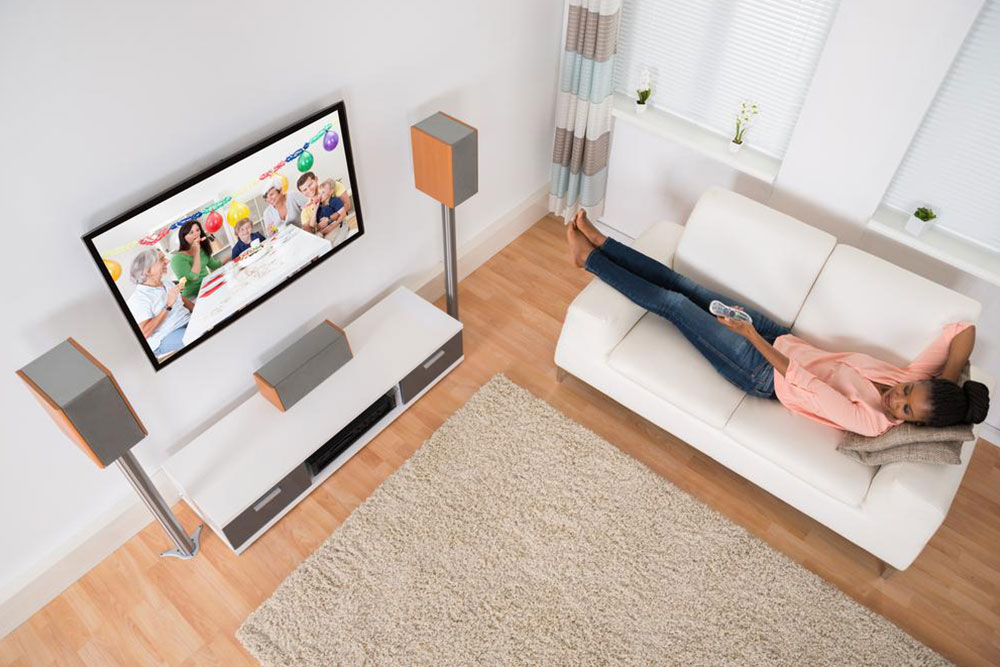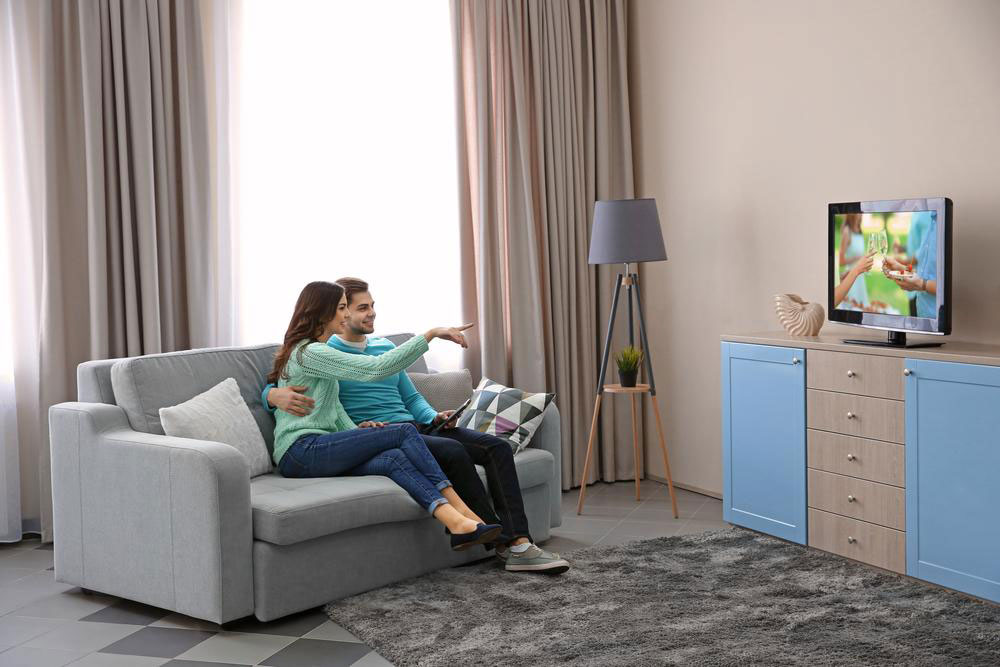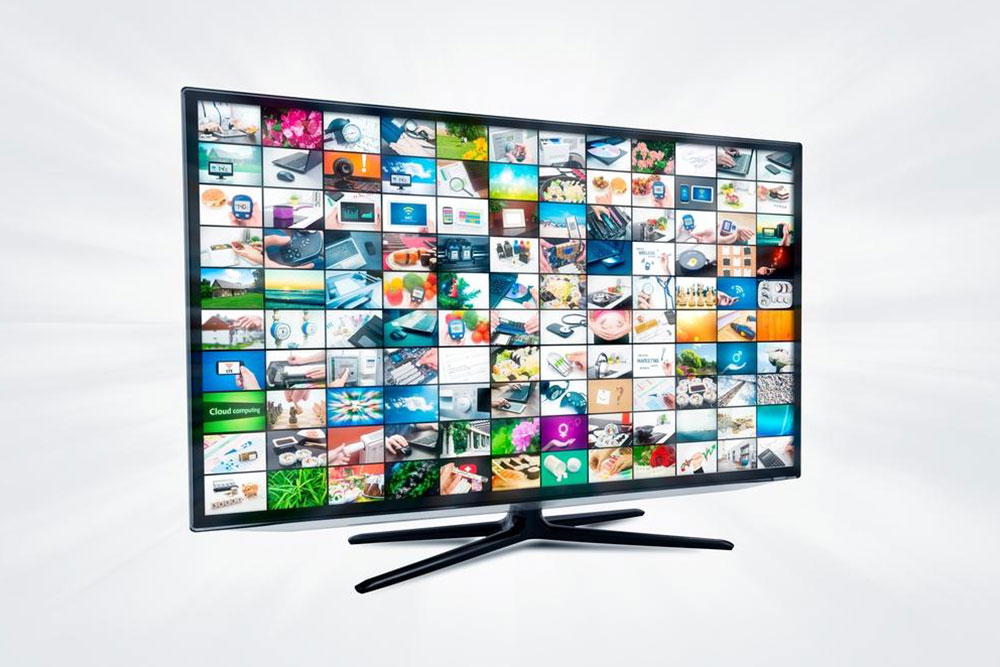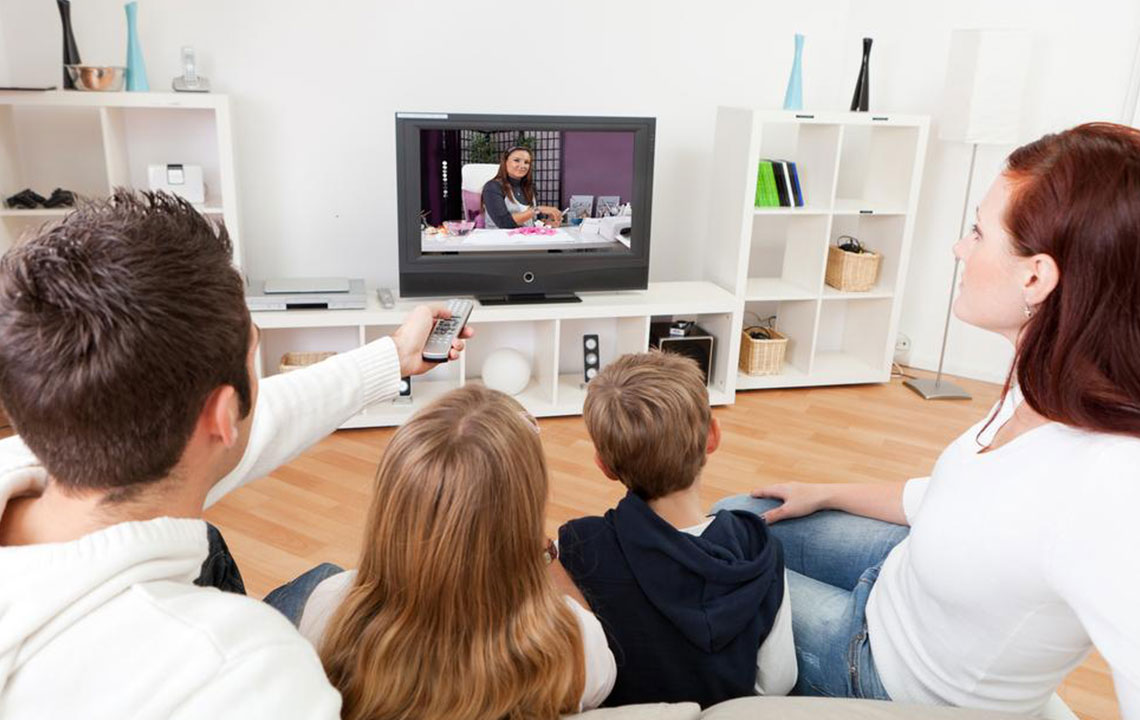A Comprehensive Guide to Choosing the Best TV Resolution for Your Home Entertainment System
Choosing the right TV resolution is vital for an optimal home entertainment experience. This guide covers essential aspects such as display technologies, aspect ratios, scanning methods, and how resolution impacts picture quality. Understanding these factors helps consumers select the perfect TV based on size, room layout, and viewing habits, ensuring vivid, sharp images for movies, gaming, and streaming. Discover how to maximize your TV's potential with proper resolution choices that elevate your viewing pleasure to new heights.
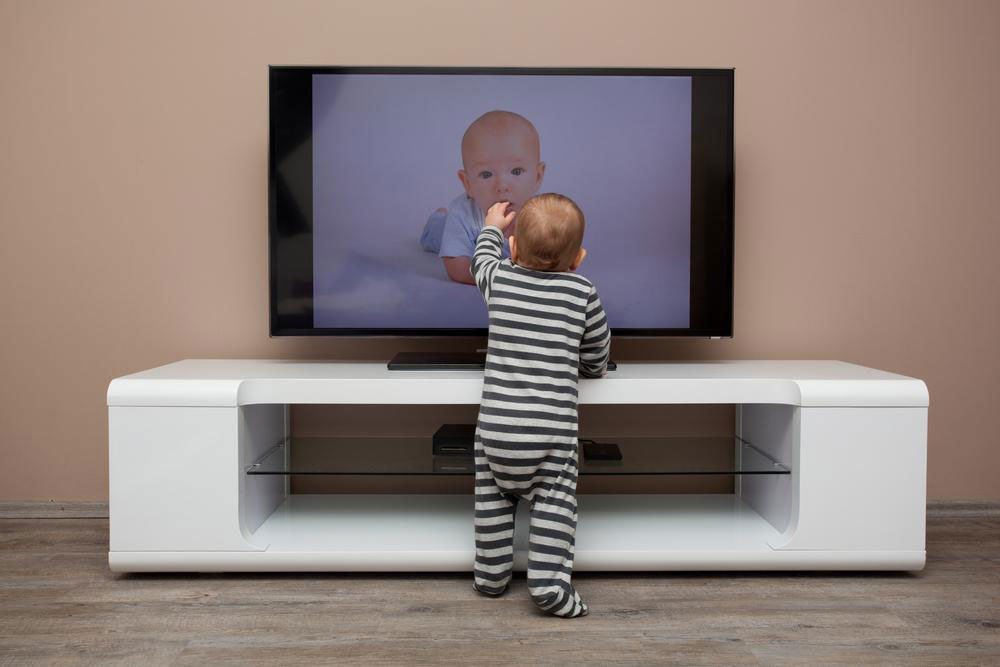
Choosing the Perfect TV Resolution for an Enhanced Home Viewing Experience
Selecting the ideal television isn't solely about size or brand; understanding resolution is crucial to optimize picture clarity and overall viewing satisfaction. With rapidly advancing screen technology, consumers face a wide array of options, making it essential to comprehend the nuances of TV resolution before making a purchase. This comprehensive guide will walk you through the fundamental aspects of TV resolution, including display types, aspect ratios, scanning methods, and how resolution impacts picture quality in real-world scenarios.
In today's digital age, the demand for crisp, high-definition images continues to grow. From streaming movies and gaming to sports and nature documentaries, clarity and detail significantly enhance your viewing pleasure. Therefore, choosing a TV with the proper resolution tailored to your room size and viewing habits is vital for an immersive entertainment experience.
Understanding LED TV Technology and Resolution Basics
LED (Light Emitting Diode) TVs, which are the most common type today, utilize a liquid crystal display backlit by LEDs. These panels are known for their slim design, vibrant colors, and superior resolution compared to older LCDs. LED technology has revolutionized television displays, allowing for higher resolutions and better picture quality in thinner profiles.
What Does Resolution Mean?
Resolution refers to the number of pixels that compose the image on your TV screen. It is typically denoted by the width and height in pixels (e.g., 1920x1080). The higher the resolution, the more detailed and sharper the image appears. This quality is often called the native resolution, representing the actual pixel matrix of the display.
Display aspect ratio defines the proportional relationship between the width and height of the screen. The most common aspect ratio today is 16:9, which offers a widescreen viewing experience suited for movies, TV shows, and gaming. Most modern TVs have fixed pixels arranged in a grid; content is displayed at native resolution, but signals of lower resolution are scaled up to fit the screen. This scaling process can sometimes affect image quality if not handled properly.
Aspect ratio impacts how content appears on screen. While 4:3 was standard in older models, 16:9 has become the universal standard for contemporary TVs, providing a more cinematic experience. Different aspect ratios can influence how you perceive the image, especially in media designed for specific ratios.
Scanning methods, such as interlaced and progressive scan, determine how images are rendered on the screen. Interlaced scanning draws every other line to build a frame, which can sometimes cause flickering or ghosting during fast motion. Progressive scan, however, refreshes every line sequentially, resulting in smoother motion — making it preferable for sports, gaming, and high-definition content.
When the source resolution differs from your TV’s native resolution, image scaling takes place. For example, playing a 1080p (Full HD) movie on a 720p screen will downscale the image, which can sometimes lead to a less sharp picture. Modern TVs typically have advanced processors that minimize scaling artifacts, but understanding these relationships helps in making informed choices.
Determining the right resolution depends on various factors, including screen size, room lighting, and viewing distance. Larger screens generally require higher resolution to maintain image clarity at close distances. For instance, a 65-inch 4K TV will provide excellent detail for viewers sitting 6-8 feet away, whereas a smaller TV may not benefit as much from ultra-high resolution. Closer viewing distances make higher resolutions more noticeable, so consider your seating arrangements when selecting your TV.
Thorough research and understanding of these technical aspects are key to choosing the best TV resolution for your needs. Opting for the right resolution enhances your overall entertainment experience, whether you're watching movies, gaming, or streaming content. By matching your TV's resolution to your viewing habits and room setup, you can enjoy stunning visuals that bring your favorite content to life in extraordinary detail.
